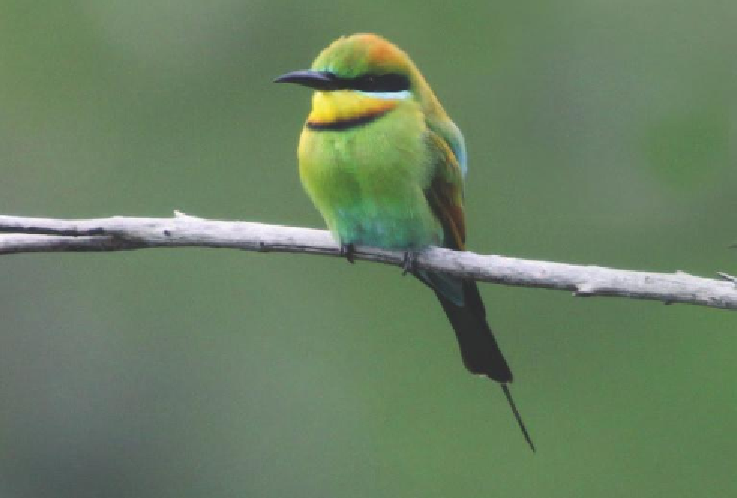Biology Reference
In-Depth Information
Figure 6.1:
Rainbow Bee-eater - a species that nests in earth banks, especially in riparian areas. (Photo by
Suzi Bond)
including wetland vegetation and emergent water plants.
7
Riparian vegetation can
comprise large trees, understorey trees and shrubs and native ground cover. This
vegetation provides places for animals to forage and to breed. For example, many
species of frogs need riparian trees and shrubs in which to successfully reproduce.
Riparian vegetation also plays many other key ecological roles. For example, it: (1)
filters nutrients and sediment from the surrounding terrestrial environment; (2)
provides shade for in-stream areas to limit water temperatures that might
otherwise be fatal for fish and other aquatic organisms; (3) acts as a source of
nutrients to aquatic ecosystems through leaf fall and
bark shedding; and (4)
provides a source of logs and
branches that fall into waterways. Submerged and
semi-submerged logs and branches are nesting and
foraging places for many animals ranging from fish
to invertebrates.
Native vegetation around,
at the margins and within
creeks, wetlands and farm
dams provide valuable
habitat for many species
Areas of slow-moving water
A good waterway is not a fast-moving stream along its entire length. Rather, it
should be characterised by deep pools, chains of ponds and shallow areas of
fast-flowing water such as ripple zones. This combination of features is crucial for

